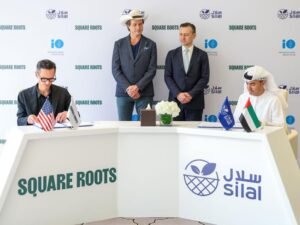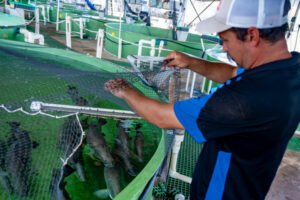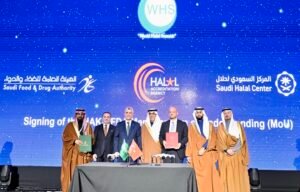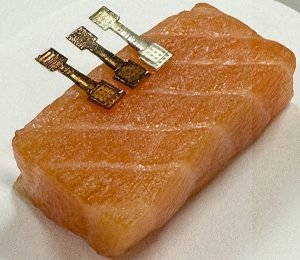Wednesday, 17 December 2025
From Ocean Waste to Sustainable Nutrition: Inside EU’s MARMADE Project
Sauro Vittori, Project Coordinator of MARMADE As the global demand for sustainable nutrition intensifies, scientists are increasingly turning to the oceans for answers. The EU-funded MARMADE project, coordinated by the…
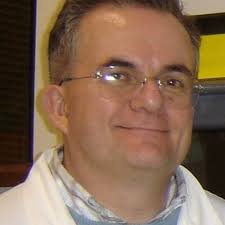
Sauro Vittori, Project Coordinator of MARMADE
As the global demand for sustainable nutrition intensifies, scientists are increasingly turning to the oceans for answers. The EU-funded MARMADE project, coordinated by the University of Camerino (Italy), is pioneering new ways to transform marine biomass such as shrimp shells, blue crabs, and seaweed into high-value, safe, and sustainable food and feed ingredients.
By applying advanced biorefinery technologies such as Deep Eutectic Solvents, Supercritical CO₂ extraction, and non-thermal processing, MARMADE aims to recover bioactive compounds with nutritional and functional benefits while adhering to Safe and Sustainable by Design (SSbD) principles. The project aligns closely with the European Green Deal, the Farm to Fork Strategy, and the EU Bioeconomy Strategy, promoting a circular approach that minimises waste and dependence on petrochemical-derived ingredients.
In this interview with NUFFOODS Spectrum, Sauro Vittori, Project Coordinator of MARMADE, discusses how the initiative is redefining marine waste utilisation, advancing sustainable food innovation, and setting the stage for next-generation bio-based nutrition solutions.
What is the core vision behind MARMADE, and why was marine biomass chosen as the foundation for developing sustainable food and feed ingredients?
MARMADE’s vision is to develop sustainable, affordable, nutritious, and safe food and feed ingredients from marine biomass. We focus on crustacean residues (e.g. shrimp shells and blue crabs) and seaweed, which are currently underutilised or treated as waste. By valorising these resources through a zero-waste biorefinery approach, MARMADE supports the EU Green Deal and the transition to a circular, bio-based economy while reducing dependency on petrochemical-derived ingredients.
Could you explain how the biorefinery processes being developed in MARMADE differ from traditional extraction methods, and what advantages they bring in terms of efficiency, safety, and sustainability?
The project advances beyond conventional extraction by employing sustainable biorefinery processes such as Deep Eutectic Solvents (DESs), Supercritical CO₂ extraction, and non-thermal technologies (i.e Pulsed Electric Fields, dynamic pressure processing, Ultrasound Assisted Extraction). These methods improve extraction efficiency and safety while minimising energy and solvent use. They are designed to recover high-value ingredients in high purity, with cascading use of biomass ensuring a near-zero-waste approach.
Shrimp shells, crabs, and seaweed are often considered waste or underutilised resources. How does MARMADE plan to transform these materials into high-value bioactive compounds for the food and feed industries?
Shrimp shells, crabs, and seaweed will be fractionated to extract pre-/postbiotics, vitamins, minerals, peptides, oligosaccharides, fats, emulsifiers, and digestibility enhancers. These compounds will then be integrated into food and feed prototypes with improved nutritional and sensory properties. MARMADE validates these through in vitro and in vivo testing to ensure compliance with safety standards.
How do MARMADE’s objectives align with European Green Deal priorities such as the Farm to Fork Strategy and the Bioeconomy Strategy, and what role do Safe and Sustainable by Design (SSbD)What
principles play in your approach?
MARMADE contributes to:
The Green Deal & Circular Economy Action Plan by valorise marine resources and reduce petrochemical dependency.
The Farm to Fork Strategy by improve the nutritional profile of food and feed.
The EU Bioeconomy Strategy through cascading extraction approaches.
All processes follow the Safe and Sustainable by Design (SSbD) principles, ensuring safety, sustainability, and regulatory compliance from the outset
What are some of the expected prototypes or applications we might see from the project, and how soon could these solutions reach commercialisation?
Expected outputs include novel food formulations (liquid, semi-solid, solid foods), fish feed prototypes, and validated functional ingredients. These are developed at a pilot scale to test scalability and industry relevance. While MARMADE itself is a research and innovation action, the results aim to accelerate pathways toward commercial uptake after the project’s conclusion in 2029.
With 11 partners from 7 countries involved, how is MARMADE ensuring Effective collaboration between research institutions and industry stakeholders to achieve its ambitious goals?
The consortium of 11 partners combines universities, research institutes, SMEs, and industry actors. Collaboration is ensured through a structured Work Package approach: from biomass sourcing and processing, to safety validation, stakeholder engagement, and communication. A multi-actor approach (MAA) is embedded, involving stakeholders, end-users, and consumers to co-create solutions and ensure relevance to industry and society.
Shraddha Warde
shraddha.warde@mmactiv.com
Technology
Nfinite secures funding to scale up breakthrough paper packaging solution
Dec 17, 2025 | Company News
Silal–Square Roots partnership uses AI to boost sustainable food production
Dec 17, 2025 | Company News
Food Testing
Australia’s Humpty Doo Barramundi farm to achieve ASC certification
Dec 08, 2025 | Australia
SFDA and Turkish Halal Accreditation Agency forge strategic partnership
Dec 05, 2025 | Food
Fish freshness easily monitored with a new sensor
Dec 04, 2025 | Food Safety and Testing
More Popular
Nfinite secures funding to scale up breakthrough paper packaging solution
Dec 17, 2025 | Company News
Silal–Square Roots partnership uses AI to boost sustainable food production
Dec 17, 2025 | Company News
Korea's Samson Food broadens seafood portfolio with hwangto salt-based products
Dec 17, 2025 | Company News


